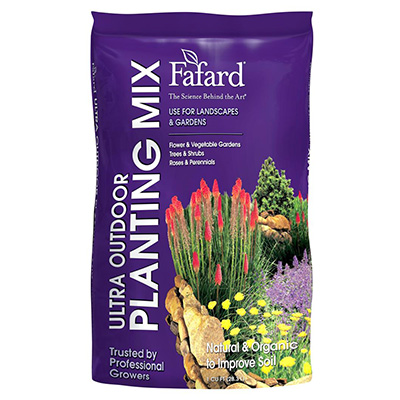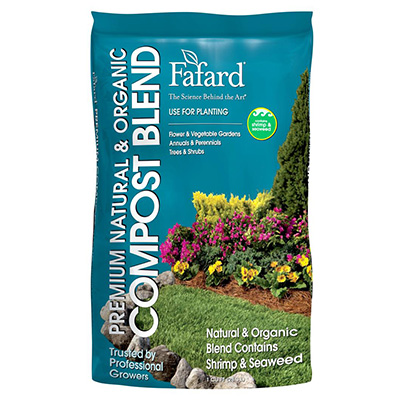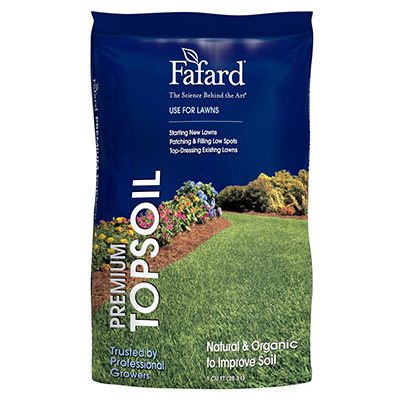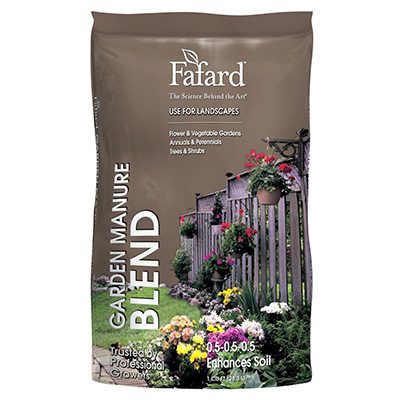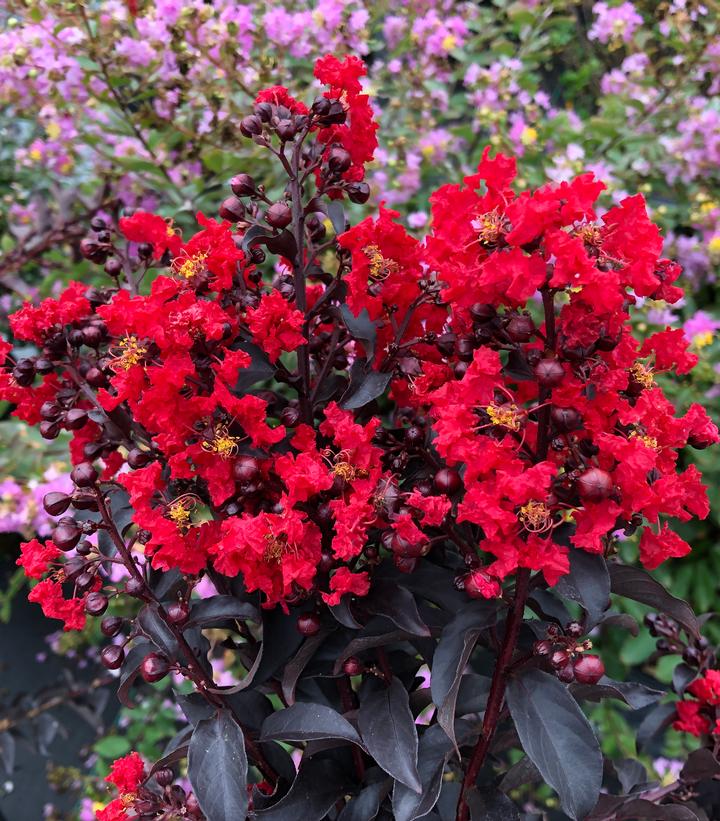
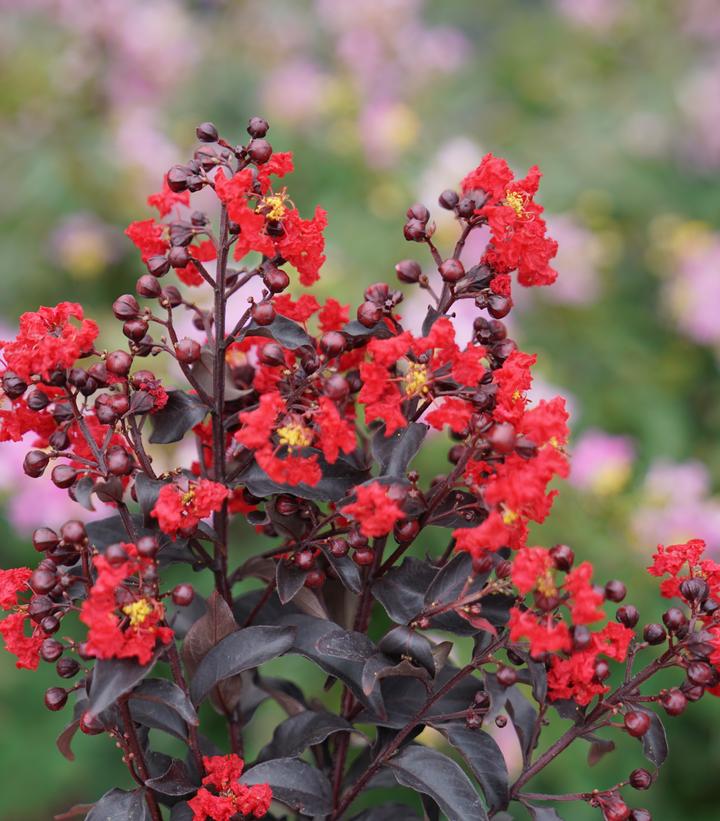
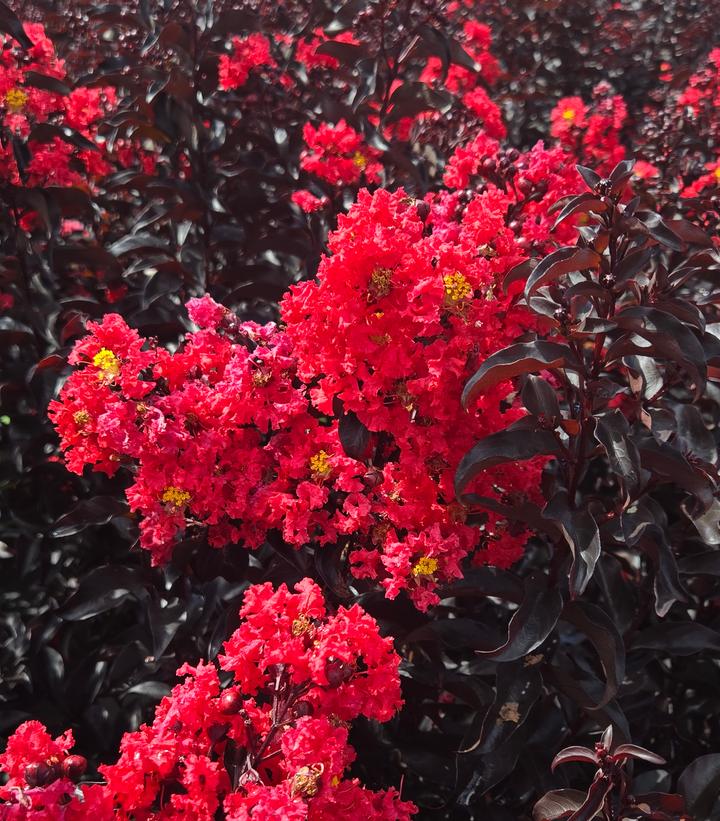
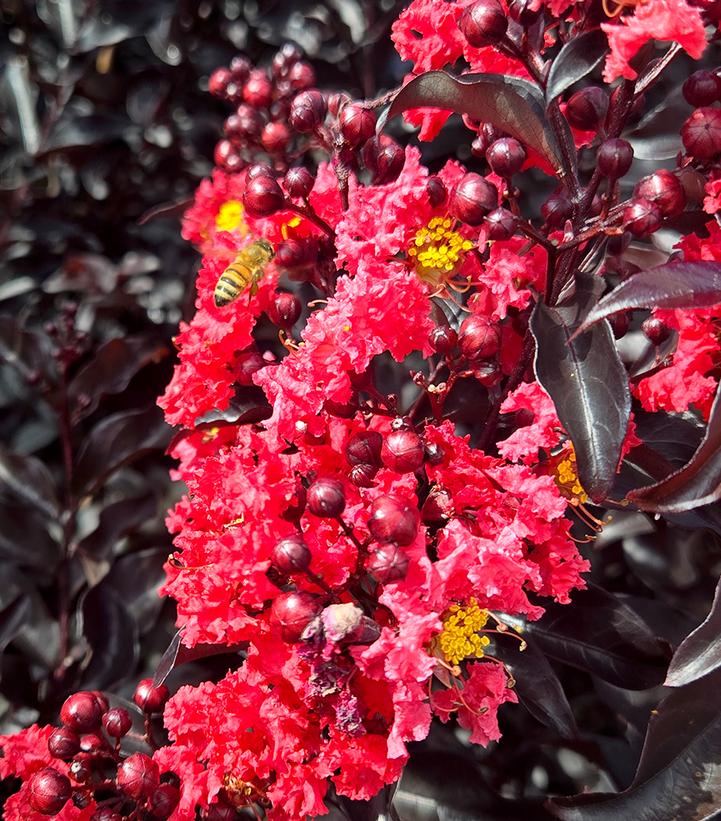




Lagerstroemia indica Center Stage® Red
Center Stage® Red Crapemyrtle
- Nearly black foliage
- Cherry-colored flowers all summer
- Interesting foliage from spring through fall
- Disease resistance
- Long blooming

- Category: Shrub
- Alternate Cultivar: 'SMNLCIBF'
- Patent: PP32,515
- Breeder: Proven Winners
- Hardiness Zone: 6-10
- Height: 6-12 ft
- Spread: 8-9 ft
- Bloom Color: Red Shades
- Foliage Color: Black
Purchase options for Center Stage® Red Crapemyrtle
- Size: 3 Gallon 24-30"
- Status: BeautiFULL
- Availability: Online
$84.00
Success Starts With Soil
Fafard Premium Natural & Organic Compost
$12.99
Add To CartDo you live for the drama? Looking for a plant that commands the spotlight but is still easy to grow? Center Stage Red crapemyrtle is just the plant to fill the role! With its deep black foliage and glowing red flowers, it truly will command center stage in your landscape. We spent many years developing and evaluating dark-leaf crapemyrtles like this to ensure that our selection would be vigorous and resist the diseases that often plague the species, so you'll enjoy clean, glossy foliage all season long. It naturally grows with a narrow, space-saving habit that eliminates the need to prune and opens up a range of landscaping possibilities.
Attributes
| • | Border or Bed |
| • | Container |
| • | Focal Point |
| • | Great Foliage |
| • | Long Blooming |
| • | Specimen |
| • | Summer Bloomer |
Foliage Color
| • | Black |
Critter Resistance
| • | Deer Resistant |
Flower Color
| • | Red |
Programs
| • | Proven Winners |
Season of Interest (Flowering)
| • | Spring |
| • | Late Spring |
| • | Early Summer |
| • | Summer Bloomer |
| • | Late Summer |
| • | Fall |
Habit
| • | Upright |
Soil Moisture
| • | Average Water |
Growing Tips for Lagerstroemia indica 'Center Stage® Red'
Though Center Stage Red crapemyrtle has been evaluated and shown to have excellent disease resistance, it should still be planted in full sun (6+ hrs/day), and overwatering should be avoided, to ensure the best performance.
The dwarf, shrubby habit of these crapemyrtles means they don't need regular pruning. However, if you wish to prune them, early spring, just as the new growth begins to emerge on the stems, is the best time.

